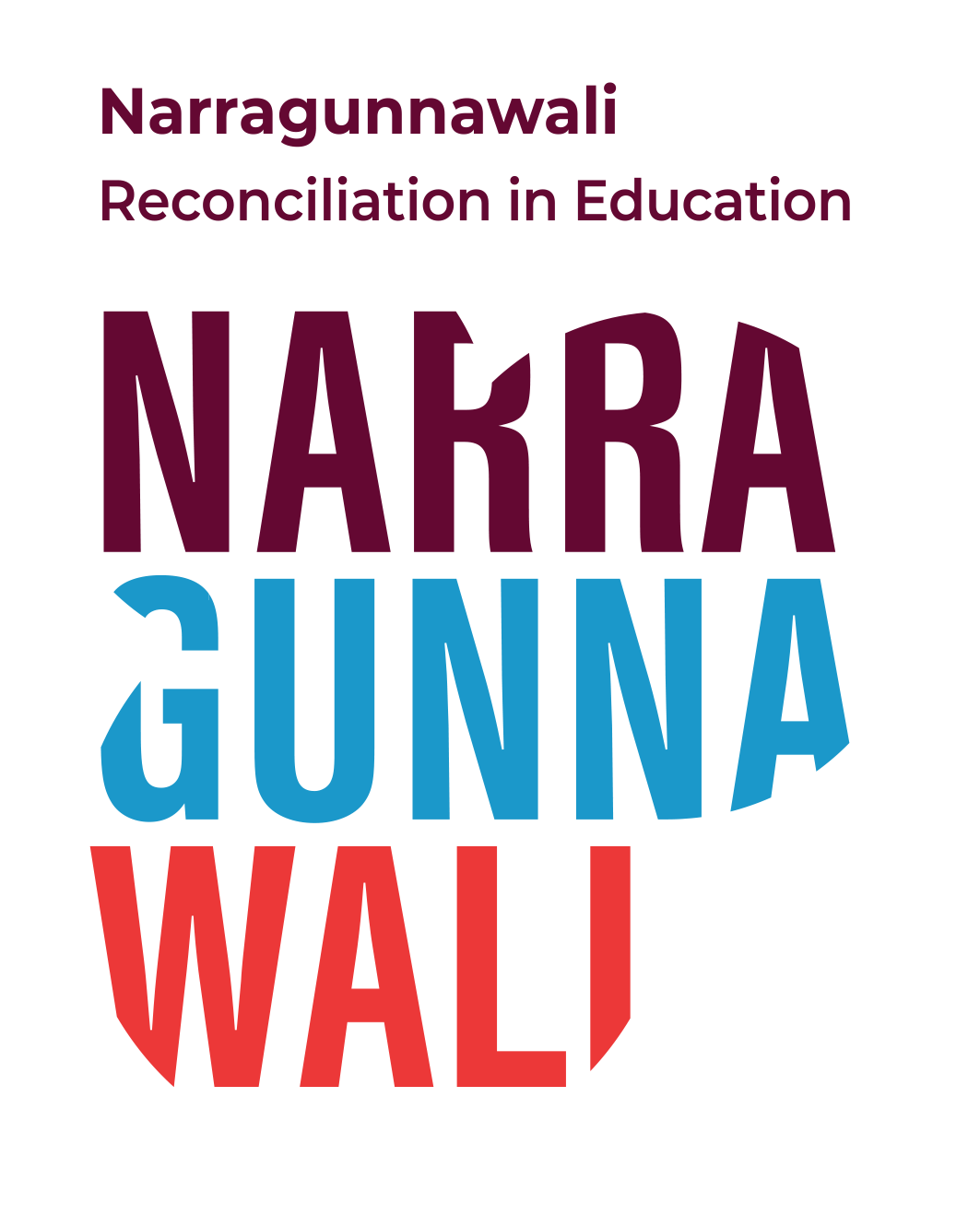The State of Reconciliation in Australia
On 9 February, Reconciliation Australia released the findings of the inaugural The State of Reconciliation in Australia report. The Report measures Australia’s progress toward reconciliation on a national scale across five inter-related dimensions that make up the fabric of reconciliation—historical acceptance, race relations, unity, institutional integrity, and equality and equity.
The framework set out in the Report will become the language used to talk about reconciliation from this day forward—in tangible, measurable dimensions. In the dimension of historical acceptance, for example, the Report shows that between 35 per cent and 45 per cent of the general population are unsure of or do not agree with a number of facts about wrongs committed in the past including land dispossession, forced removal of Aboriginal and Torres Strait Islander children from their families, failure to pay Aboriginal and Torres Strait Islander workers’ wages, imprisonment and deaths in custody.
More optimistically, the general population widely agrees (85 per cent) it is important for all Australians to learn more about past issues related to European settlement. Building a respectful understanding of Aboriginal and Torres Strait Islander cultures and histories among the next generation of Australians is critical to achieving reconciliation. This is where schools and early learning services come in. Narragunnawali equips schools and early learning services with tools to bring the Report to life; to initiate conversations about reconciliation framed by the clear new dimensions. The conversations should involve the whole community, from our littlest children, to our most senior leaders, and all colleagues, students, parents and citizens in between.


